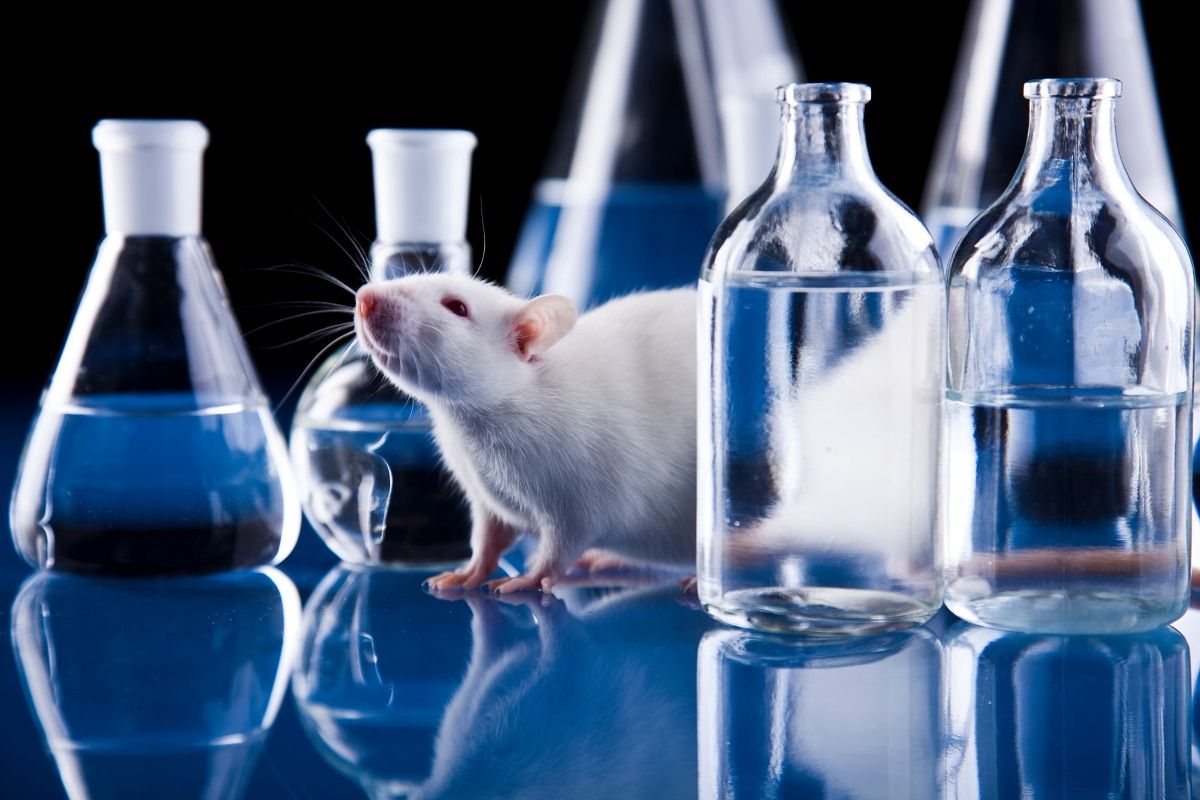Sometimes I get tired of the rat race—all the hustle and bustle, the long days, the competition. It’s easy to feel like a mouse stuck in the labyrinth of modern life. And I’m not the only one who feels this way. But why do we compare ourselves to rodents, anyways? The answer can be found in laboratories around the world.
We’ve all heard of lab rats, or seen cartoons with mice dashing through mazes. These furry mammals aren’t just cute. They’re small, easy to breed, and cheap. Importantly, they’re also genetically and anatomically similar to humans. This makes them ideal test subjects.
Sure, a mouse doesn’t exactly look like a person. Yet we share 95 percent of our genes with these rodents, and their musculoskeletal and neurological systems parallel our own. This means that scientists can perform comparative medicine: studying one species tells us a lot about another. For example, understanding how mice and rats respond to vaccines provides clues to how humans might respond. Or, scientists alter the rodents’ genetic code, revealing what genetic mutations cause particular disorders.
Have you ever seen a mouse scampering away? Or a rat stealing a slice of pizza? Researchers also study rodents because we behave in similar manners—playing, fighting, solving problems. In other words, mice and rats give us insights into our own lives: how our bodies work, and how we think, act, and feel.
With millions of mice and rats in US labs alone, scientists can learn a lot of information from their scurrying test subjects. These animals may be small, but their contribution to current research is mighty.










